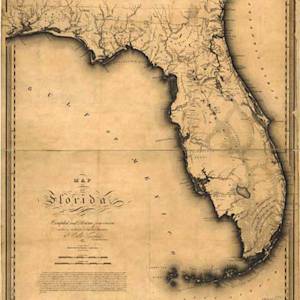Invasive Species, Kudzu
1930s • Eastern U.S.
Only in the eastern United States is kudzu really considered a pest. Beginning in the 1930s, kudzu began to rapidly spread across the Southeast. "Impacts of kudzu in the southeastern USA include loss of productivity of forestry plantations (estimated at about 120 USD per hectare per year), smothering and killing of native plants and denying access to lands for hunting, hiking, and bird watching." In Alabama, one of the states with the worst infestation, kudzu is estimated to cover more than 250,000 acres.
"Kudzu," Claire M. Wilson, Auburn University, encyclopediaofalabama.org.
"Newberry County, South Carolina. CCC enrollees planting kudzu on gully bank on C. C. Spoon's farm..." Courtesy of the US National Archives and Records Administration
Explore More
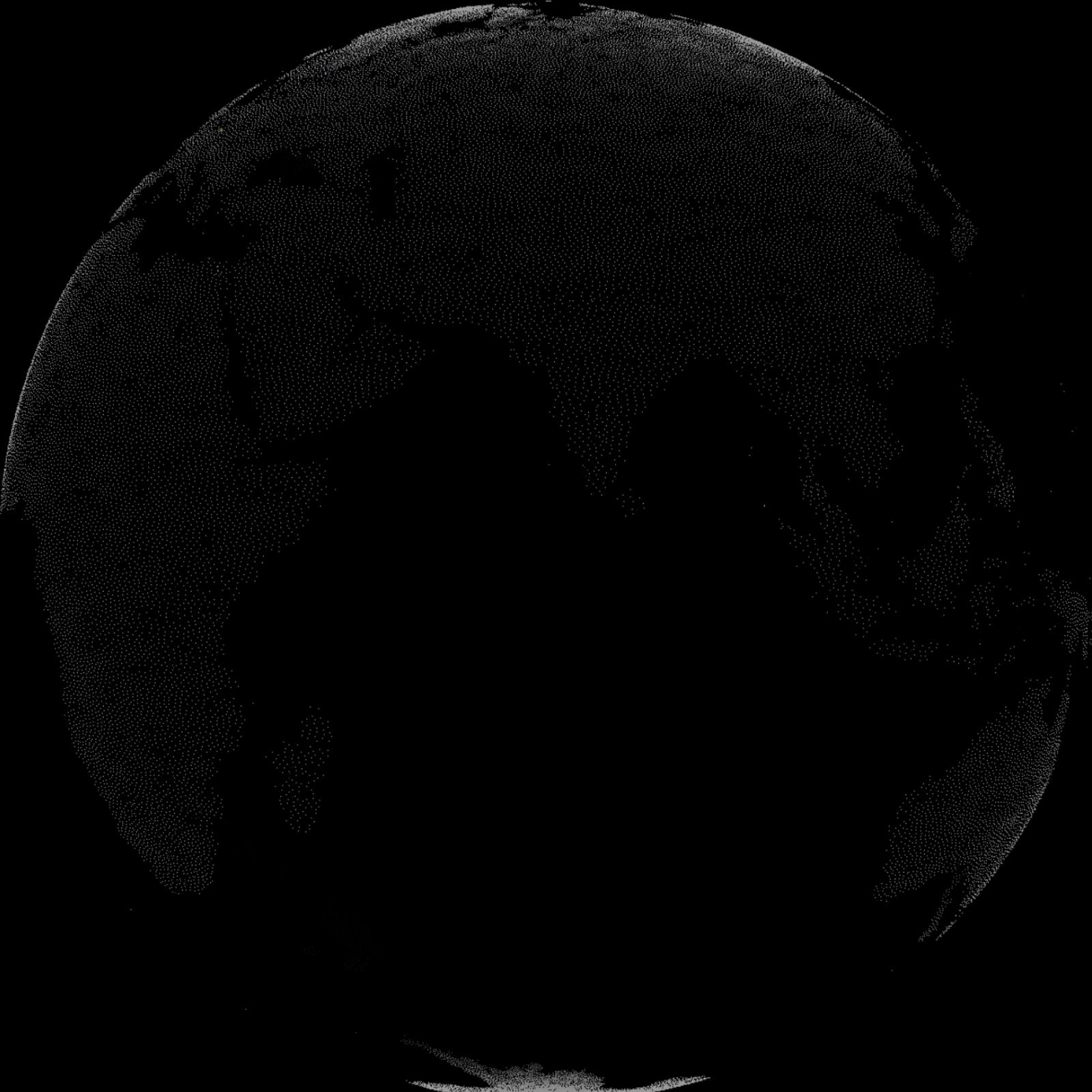

Learn about Maya Lin’s fifth and final memorial: a multi-platform science based artwork that presents an ecological history of our world - past, present, and future.
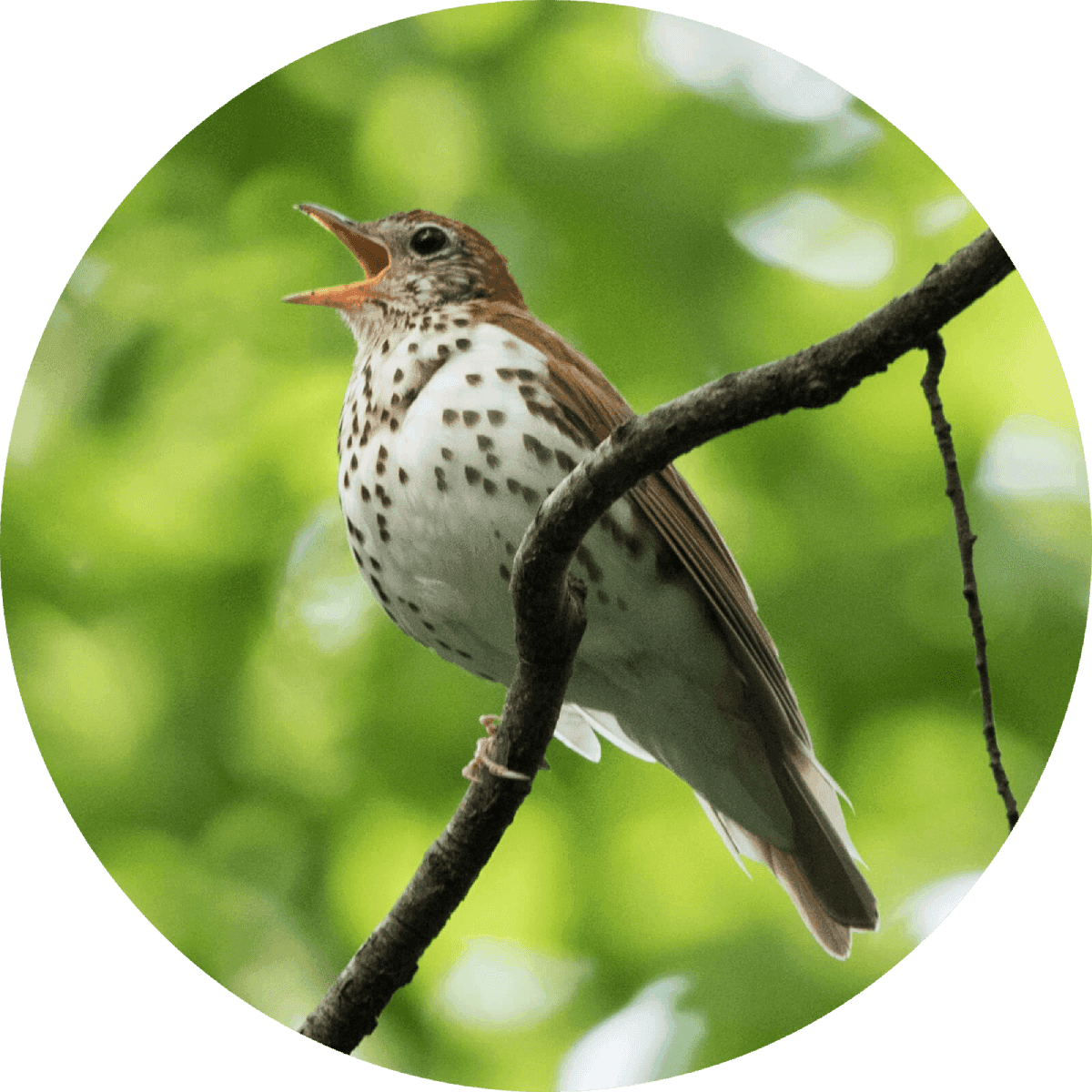
Discover ecological histories and stories of former abundance, loss, and recovery on the map of memory.
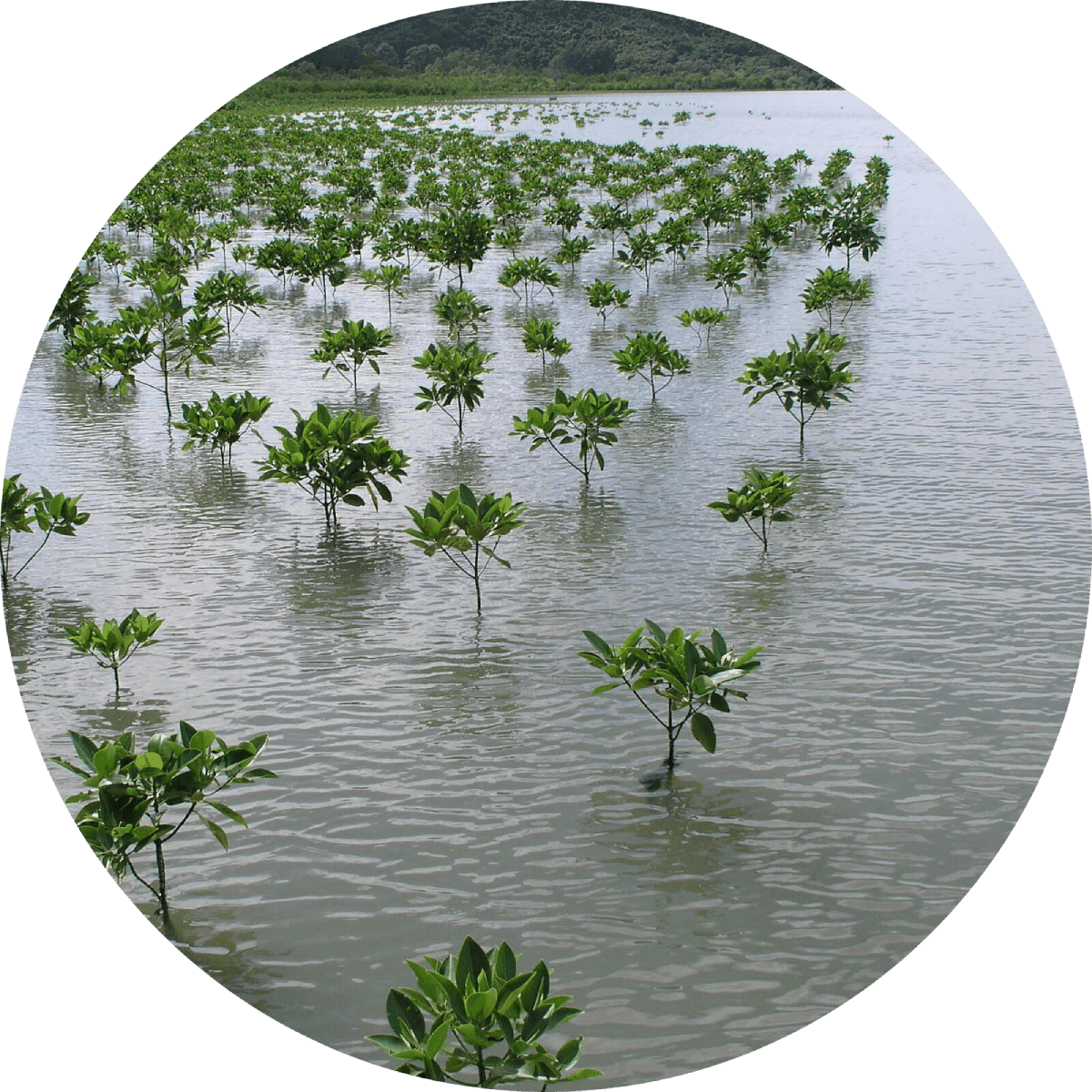
Learn how we can reduce our emissions and protect and restore species and habitats – around the world.

See how art can help us rethink the problems we face, and give us hope that each one of us can make a difference.
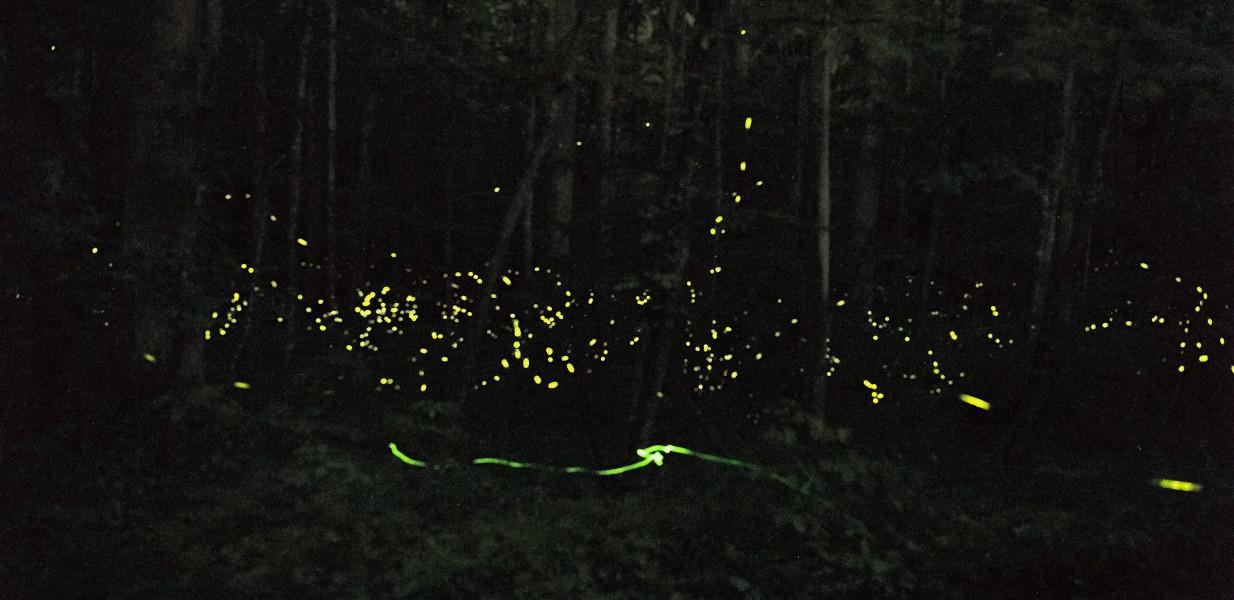
Help make a global memorial something personal and close to home. Share your stories of the natural world.
